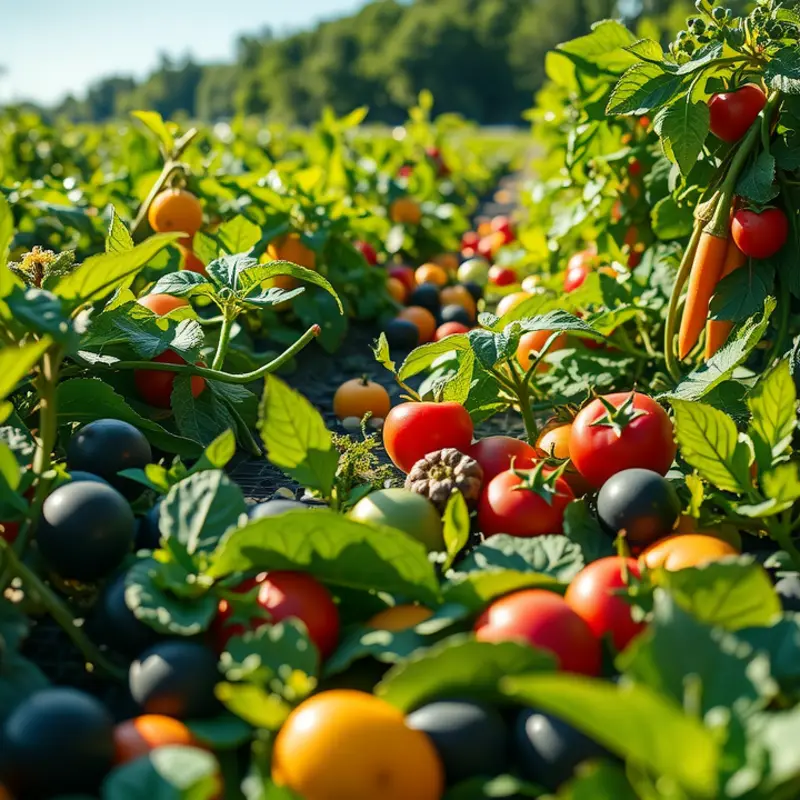Dairy-free cooking offers a world of flavors and possibilities, catering to those with dietary restrictions or preferences. Navigating ingredient substitutions can seem daunting, but with the right tools and tips, creating delicious dairy-free meals can be an enjoyable and fulfilling experience. This guide provides essential insights into practical ingredient swaps and flexible cooking techniques to inspire home cooks and health-conscious individuals alike.
Essential Ingredient Swaps

Substituting dairy products with non-dairy alternatives marks a fundamental shift towards dairy-free cooking. Whether you’re replacing butter, milk, cheese, or cream, knowing what to use and how to use it is key to maintaining texture and flavor in your dishes.
Butter Substitutes
When baking or cooking, substitute butter with plant-based oils or spreads. Olive oil, coconut oil, and avocado oil work well, each offering distinct flavors. For recipes requiring a solid fat, opt for coconut oil or a plant-based butter spread. Remember, oil yields more moisture, so use slightly less—about three-quarters of the butter amount.
Milk Alternatives
Plant-based milks, such as almond, soy, oat, and coconut milk, are versatile substitutes for cow’s milk. Each type brings unique characteristics to your recipes. Soy and oat milk boast a creamy texture, making them excellent for baking or savory dishes like soups and sauces. Almond milk offers a nutty profile suitable for lighter baking tasks.
For a thorough exploration of probiotic options in your diets, you might find this non-dairy probiotics guide helpful.
Cheese Replacements
Cheese substitutes vary widely. Nutritional yeast has a cheesy, umami flavor perfect for sauces and pasta dishes. For a crumbly texture, use almond or cashew-based products. Experiment with tofu or soy-based alternatives for meltable options on pizzas and burgers.
Cream Substitutes
Swap heavy cream for coconut milk or cashew cream. Both provide richness without dairy. To make cashew cream, blend soaked cashews with water until smooth. It’s great for thickening soups, curries, and desserts.
Yogurt Alternatives
Non-dairy yogurts from coconut, almond, or soy offer ample versatility. They work well for dressings, marinades, and even baked goods. These alternatives are often fermented, enhancing their nutritional profile with probiotics, although you should verify individually.
Transitioning to dairy-free cooking with these ingredient swaps opens a world of flavors without compromising the indulgence you’re accustomed to. As you adapt to these changes, you’ll find that each substitute offers its own nutritional benefits and culinary possibilities.
Cooking Techniques for Dairy-Free Dishes

Mastering the art of cooking without dairy might seem daunting at first, but with the right techniques, you can craft delightful dishes that are every bit as satisfying. To start, it’s essential to understand how to replicate the creamy texture often associated with dairy-based foods. One effective method is using nuts and seeds. Cashews, when soaked and blended, create a smooth cream that works as a fantastic base for sauces and desserts. Similarly, tahini and sunflower seed butter can add richness to dressings and soups.
In baking, achieving the perfect texture without butter or milk requires creativity. Applesauce and mashed bananas are excellent dairy-free alternatives that not only add moisture but also impart natural sweetness. Coconut yogurt, which mimics the consistency of traditional yogurt, makes for a great egg replacer, helping to bind ingredients while keeping baked goods moist and tender.
Another aspect to consider is enriching flavors without dairy. Olive oil, for instance, can replace butter in many recipes, offering a robust flavor profile that enhances dishes. Explore layering flavors through slow cooking and roasting. These techniques draw out natural sweetness and deepen complexity, making vegetables and meats shine without needing dairy.
For those inclined towards traditional culinary techniques, such as making béchamel sauce or risottos, coconut milk and almond milk are excellent lactose-free options. They deliver the same creamy foundation necessary for these classics. By gently simmering these milk substitutes with spices or herbs, you can build richness without needing cream.
When adapting dishes, don’t forget to use fermented foods, which offer a tangy depth akin to that of cheese. Incorporate dairy-free probiotic options like fermented cashew cheese to add an umami kick to your dishes. For more ideas on non-dairy probiotics, this guide can help you understand available options.
As you dive deeper into dairy-free cooking, remember that texture is just as vital as taste. Thickening agents such as arrowroot or cornstarch are excellent for creating sauces without cream. They’re versatile enough to work in both savory and sweet dishes, adapting easily to your needs.
Embrace the evolution of your taste buds as you experiment. With time, you’ll find your unique balance of flavors and textures, making dairy-free cooking a delightful new world to explore. Whether it’s a simple weeknight meal or an elaborate dinner party, these methods will ensure your dishes are vibrant, rich, and fulfilling without dairy.
Final words
Transitioning to dairy-free cooking can open up a new world of culinary delights without compromising taste or quality. By incorporating practical ingredient substitutions and flexible cooking techniques, home cooks can create an array of satisfying dishes that cater to various dietary needs. Remember, the key to successful dairy-free cooking lies in experimentation and being open to exploring new flavors. Enjoy the journey of crafting delicious meals that are both wholesome and enjoyable!







